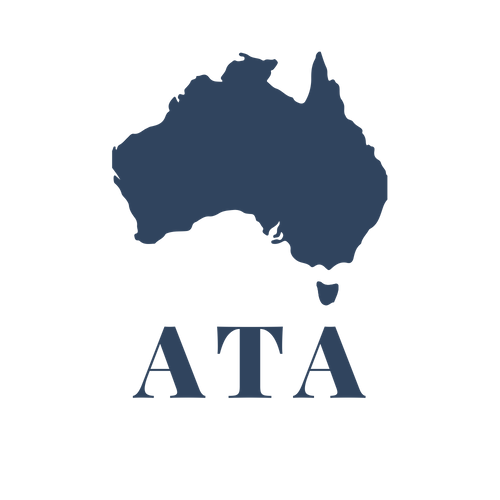Queensland’s lockout laws have failed. Will NSW Nannies come clean?
A recent study from Griffith University has found that instead of sobering louts up, lockout laws in Queensland have instead lead to people getting drunker. That’s right. The average blood alcohol content of club customers has increased from .07 per cent to .09 per cent since the implementation of alcohol restrictions. So much for reducing irresponsible drinking to combat alcohol-fuelled violence.
Sydney should learn from mistakes made in Brisbane and abolish its own counter-productive lockout laws which have destroyed the city’s once-thriving night-time economy under the false premise of deterring poor drinking-related behaviour.
In Queensland, alcohol service ends at 2.00 am unless you are in a ‘Safe Night Precinct’ where venues can sell alcohol until 3.00 am, or in some cases, 5.0am (with a late night permit for special events). Shots are banned after midnight. Lastly, ID scanners are required for entrance into a venue, causing delays and making a night out in a licensed, regulated and secure environment even less appealing.
In response, people wanting to have a good time have resorted to simply taking more shots earlier in the evening with the hope that they will have enough to keep them buzzed all night. Lockout laws and high alcohol taxes have created a culture of pre-drinking or as we say in America, pre-gaming. Now, 82 per cent of people booze up with five to eight drinks before they even hit Brisbane’s clubs and bars.
People are no longer showing up to bars sober and leaving drunk. They are showing up drunk and leaving drunker.
Restricting happy hours and drink promotions further incentivises preloading and showing up to venues already wasted. In some cases, bars have to cut customers off before they buy a single drink. This strains an industry already struggling under oppressive lockout laws.
Additionally, this means people are travelling around the city or going home extremely drunk instead of getting drunk in a relatively safe and contained space. This could lead to further violence.
Dr Grant Devilly, who conducted the Griffith University study, notes that “when you start restricting alcohol, you make it intrinsically more valuable, and that is why people are drinking more.” Just ask any 20-year old in the United States, where the ‘official’ drinking age is 21, and they will confirm Devilly’s conclusion. Both Queensland and NSW have created a booze-fuelled monster with these draconian laws.
Alcohol consumption outside of bars and clubs is not restricted to pre-drinking, but includes after parties in people’s homes after lockout laws shut down the city. Unfortunately, most homes don’t come installed with a bouncer and a bartender trained to ascertain when someone has had a few tipples too many.
The United States has an embedded culture of preloading and drinking at home, typically beginning in university dorm rooms with cheap vodka shots.
Despite the United States’ reputation as the ‘land of the free’, most states have even stricter laws surrounding alcohol than any of Australia’s lockout laws. Fortunately, the United States provides a great natural experiment for lockout laws with a variety ‘last call’ times which vary by state. The United Health Foundation’s Annual Health rankings show no correlation between states with later last calls and what is considered excessive alcohol consumption. This becomes clear when each city is plotted as a dot on a graph which compares their last call time with their rate of excessive drinking.
Instead of focusing on limiting drinking to stop violent crime, state governments in Queensland and NSW should instead focus on stopping violent crime itself. Distorting the alcohol market simply hurts the night-time economy and responsible Australian drinkers while doing nothing to address real issues.
This article appeared in The Spectator on 20 July 2019.

